The name “High” is certainly appropriate, as this is on the 60th floor of the 22 Bishopsgate building near Liverpool Street. It is an intimate 12 seat affair, with chairs set around a communal table with a fine view out over the city, including Tower Bridge. It opened on the 4th of February 2025. The executive chef is James Goodyear, who was head chef at Evelyn’s Table, before that cooked at Adams, and prior to that at Hide Above. Initially he trained at Le Manoir au Quat’ Saisons for five years and had stints at Maaemo and Mugaritz as well as Dabbous. You enter the main building and go through airport style security before a very slick lift whisks you up to the 60th floor in a few moments. You enter through a bar and casual “Lucky Cat” restaurant, but the High restaurant is tucked away discreetly away from the bustle and music of the bar. You sit on fancy bar stool seating, and every seat gets to enjoy the undeniably fine view out over the east of the city including the Thames.
The menu is a tasting menu format only, at £250 per person (with a hefty deposit paid in advance), so prices are as high as the location. Wine pairings are available at £160 or £210.There were so many wines with four-digit prices that at one point I thought I was reading the vintages rather than the price in pounds. The wine list had 122 labels and ranged in price from £80 to £9,400, with an unusually high median price of £338 and an average markup to retail price of 3.7 times, which even an oligarch dining in Mayfair might regard as a tad excessive. Sample references were Weingut Schäfer-Fröhlich Bockenau Nahe Vulkangestein Grosse Gewachs Riesling 2021 at £90 for a bottle that you can find in the high street for £30, Jim Barry Wines Clare Valley McKay's Vineyard Riesling 2020 at £90 compared to its retail price of £25, and Craggy Range Winery Hawke's Bay Gimblett Gravels Syrah 2019 at £100 for a wine that will set you back £29 in the high street. For those with the means there was Senã Aconcagua Valley Bordeaux Blend 1998 at £490 compared to its retail price of £108, and Château Léoville-Las Cases Saint-Julien 2008 at a ludicrous £780 for a wine whose current market value is £152. That wasn’t even the daftest markup. This kind of pricing is just inexcusable.
The meal began with a pair of canapes. Some 24-month aged Comte gougeres had a vin jaune filling and were dusted with lovage powder. The cheese flavour was fine but the lovage distracted, and the choux pastry was not as light and fluffy as the best examples of the breed. A Parmesan sable biscuit had a mousse of onion and a garnish of Imperial oscietra caviar. The toppings were fine but the sable was surprisingly dry (14/20 canapes). Cured sea bream sashimi came with caramelised pine nut cream, miso and herbs, served on a buckwheat pastry. This was fine, the fish of nice quality and the buckwheat base having good texture (15/20).
Steamed oyster had been made into an ice cream with a horseradish jelly, served with diced cucumber, sorrel juice and dill oil. This was pleasant enough, the sorrel and dill quite strong flavours but the horseradish seemed rather tentative (14/20). Langoustine was wrapped in kataifi pastry (shredded filo) and fried, served with a Mary Rose sabayon to the side. This was excellent, the langoustine sweet and the sauce going well with it, the pastry coating bringing a contrasting texture (16/20). Wild garlic mousse came in an egg shell style serving bowl, with smoked egg yolk puree and chicken skin foam. This seemed under seasoned to me and was oddly lacking in flavour for something involving wild garlic (14/20).
Loire Valley white asparagus came with spring herb puree, herb croutons, oscietra caviar, blood orange vierge (traditionally olive oil, lemon juice, tomato and basil) with coriander seeds. The sauce was refreshing, the asparagus tasting good but being quite thin specimens if I compare them with much plumper ones I have eaten elsewhere recently. For example, one white asparagus specimen at Cocochine weighed 127g, which I suspect was several times the weight of this one (a typical supermarket asparagus spear may weigh 25g or less). In case you are wondering, larger asparagus specimens are more tender than thin ones, as shown in this university study. Still, with this caveat on this aspect of the asparagus, this was a nice enough dish (15/20).
Parker House roll was the bread, flavoured with herbs and glazed with honey and this was genuinely good, offered with a choice of Ampersand butter or goat butter. The texture of the bread, served warm, was soft and fluffy, and avoided any drying out that can sometimes be an issue with this bread. Next was Isle of Skye scallop with young peas and chamomile and lemon oil, lemon confit gel, velouté of sake and camomile. The scallop had good natural sweetness and was nicely cooked, the peas a touch undercooked for me but having good flavour, the lemon adding a touch of freshness (15/20).
The turbot, notionally from a 4kg fish, appeared to be wrapped in cling film and then cooked sous vide. This was served with oil of kombu, tiny Jersey Royal potatoes, seaweed condiment puree and sea herbs with a seaweed beurre blanc sauce. The potatoes were actually lovely and were the best element of the dish. The turbot was correctly cooked but had little flavour, as is common with fillets from smaller fish specimens, and the sauce had quite a lot of flavour, which compensated for the limited flavour of the sous vide turbot (14/20).
Herdwick lamb loin was cooked with butter and served with a morel stuffed with chicken mousse, and a puree of yuzu kosho (a fermented Japanese condiment made form chilli, yuzu peel and salt). There was also a little parcel of lamb offal (sweetbread and tongue) wrapped in spring leaves. The fat on the lamb had not been entirely rendered, but the meat itself had good flavour, and I liked the little lamb offal parcel, which had lots of flavour (15/20).
In place of a cheese board there was a cheese course in the form of a savoury Basque cheesecake made using Rove des Garrigues cheese, a raw goat milk cheese from Provence, with honey and pistou. This was topped with baby radishes, honey vinegar dressing, toasted sunflower seeds ad a herb sauce. This was all very pleasant and cheffy, but I‘m not sure it was really any more enjoyable than if they had just served a couple of slices of cheese in good condition.
Pre-dessert was fennel sorbet with lemon thyme granita and fresh lemon thyme. The effect was rather like a Pernod with added sugar, and was simply not enjoyable. I am never a fan of shrubbery in my dessert at the best of times, and this was not the best of times (12/20). Dessert itself was more savoury than sweet. It was an iced grain parfait, with buckwheat and whisky with a tuile of brioche, with malt and miso ice cream. This worked better than I expected it to, with some nice textural contrast, even though it was not a traditional dessert (14/20).
Coffee was a long pour only from Workshop coffee (at £8). This came with some surprisingly sad petit fours. A custard tart had vanilla and nutmeg. The tart would have been all right but the strong nutmeg flavour dominated. Raspberry and pine jelly was rubbery, a very disappointing pate de fruit; I am not sure what the pine added, but the texture alone was off-putting. Macadamia and smoked salt crunch was over salty even to me, someone who generally likes food saltier than the norm. This was a really terrible trio of petit fours I’m afraid.
The bill, admittedly with some very nice wine, came to £800 a person. Service was very good, including a sommelier (Ciaran) that used to work at Pied a Terre. If you somehow found a good value wine on the list (and good luck with that by the way) then your food would be £250 plus your wine plus coffee and service, so around £350 per person if you shared a modest bottle of wine between two. This is an awful lot of money for what appeared on the plate, despite the nice view out over the city. Many years ago, I published a review with “Hayler’s Law”, which was that food gets worse as it gets higher. Think of airline food, then food at ski lodges, then revolving rooftop restaurants etc. Good food is often to be found in basements, as no one is going there for the view, so to survive a restaurant must put more effort into the cooking than a place with a panoramic view from a hilltop. I have found there to be surprisingly few exceptions to this rule (the lovely Michel Bras in Lake Toya is one such) but in general it works well, and tonight was just another example. Tonight, the best thing that I tasted all evening was the bread. Nice as it was, that is rarely a sign that a kitchen is firing on all cylinders. I’m sure that the restaurant will do just fine, despite its rapacious wine list, high prices and fairly ordinary food, simply due to that view over Tower Bridge from a great height.




















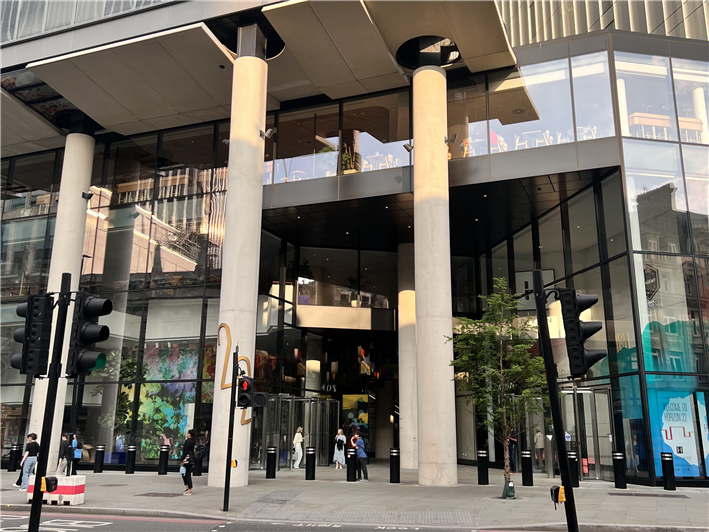

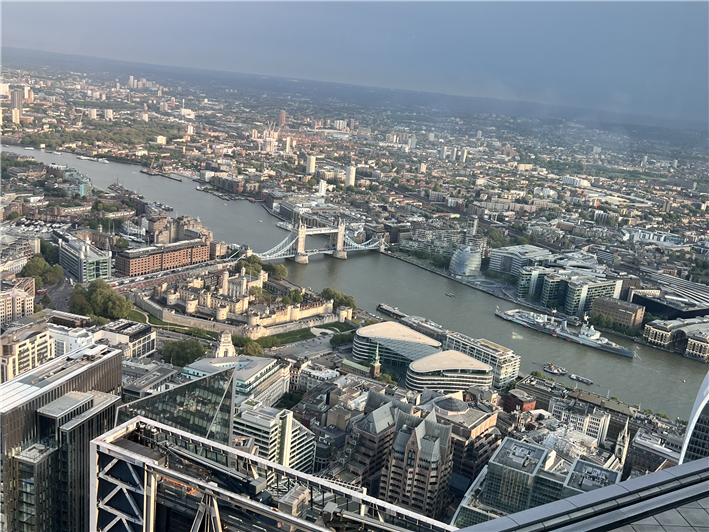
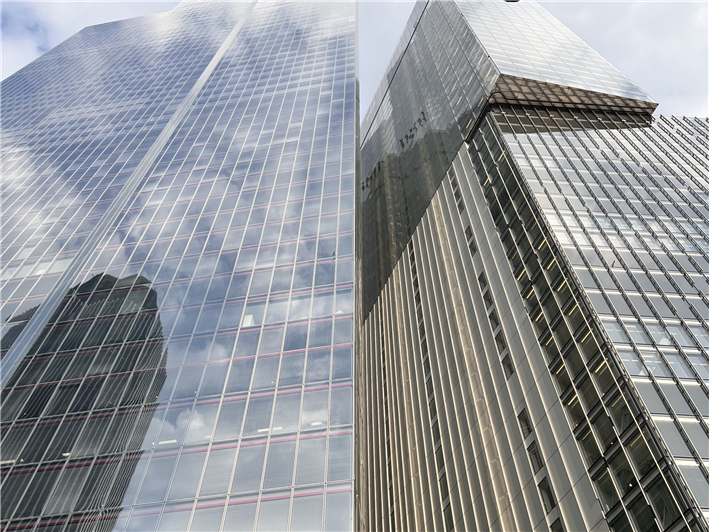
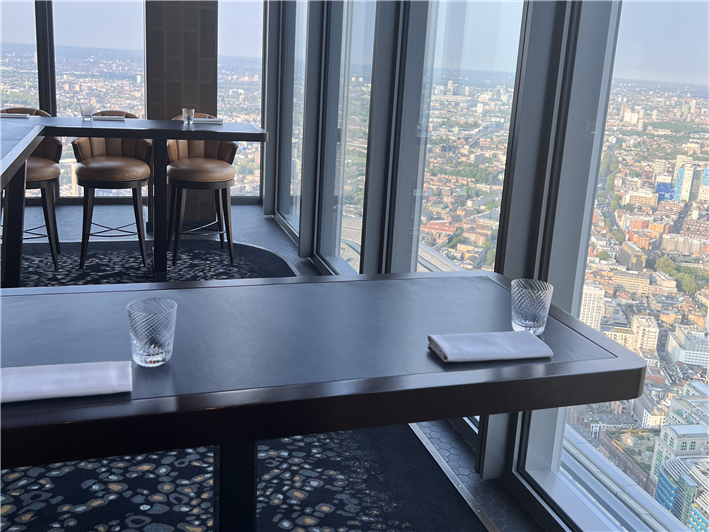
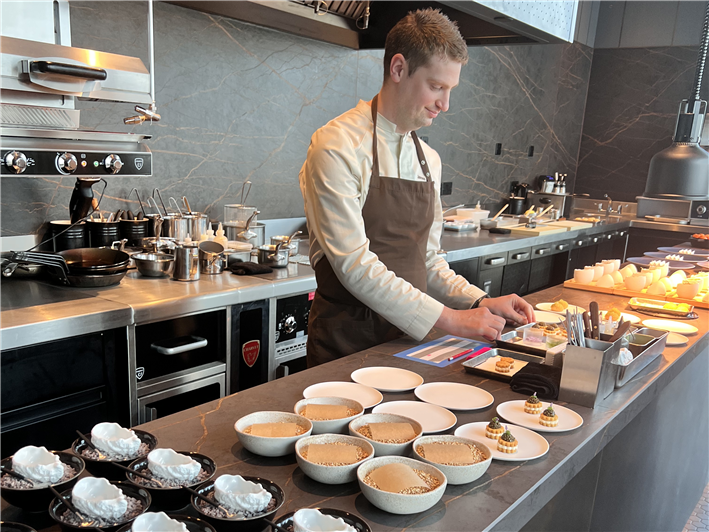
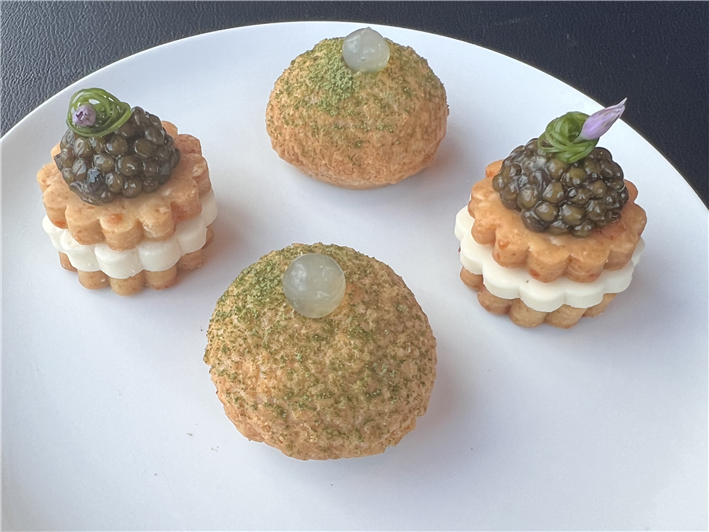
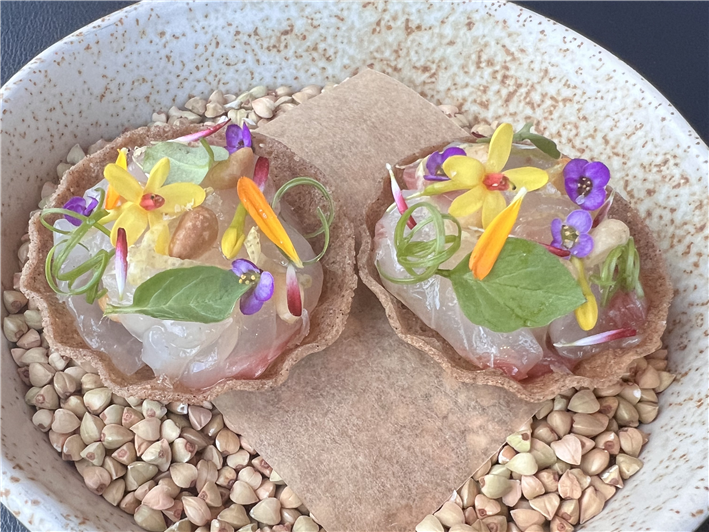
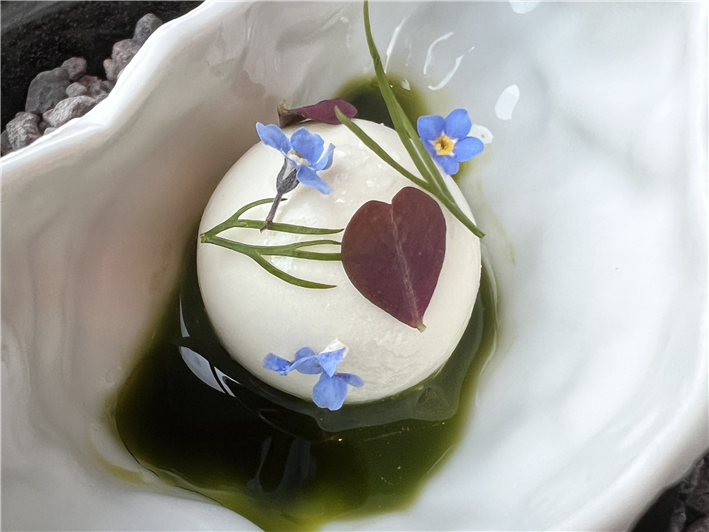
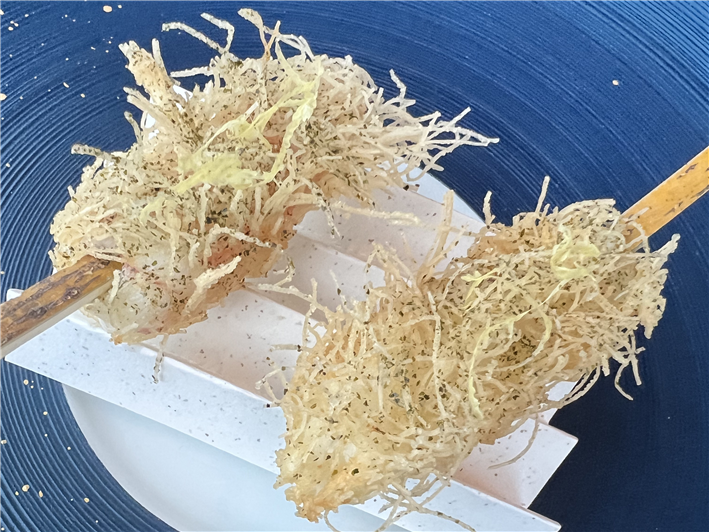
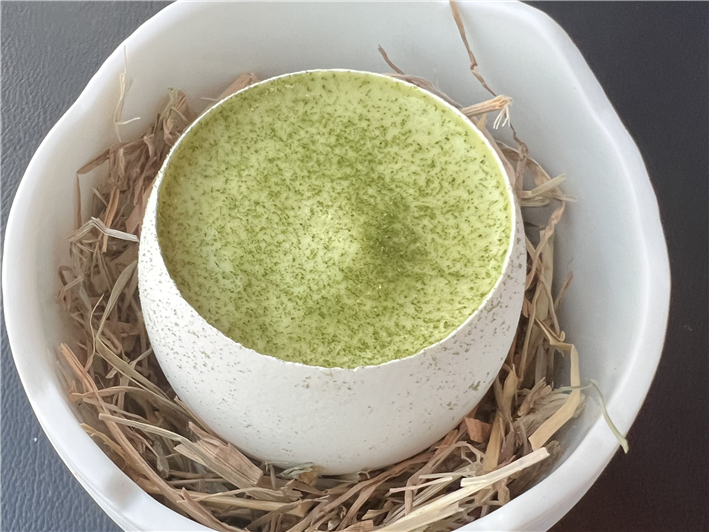
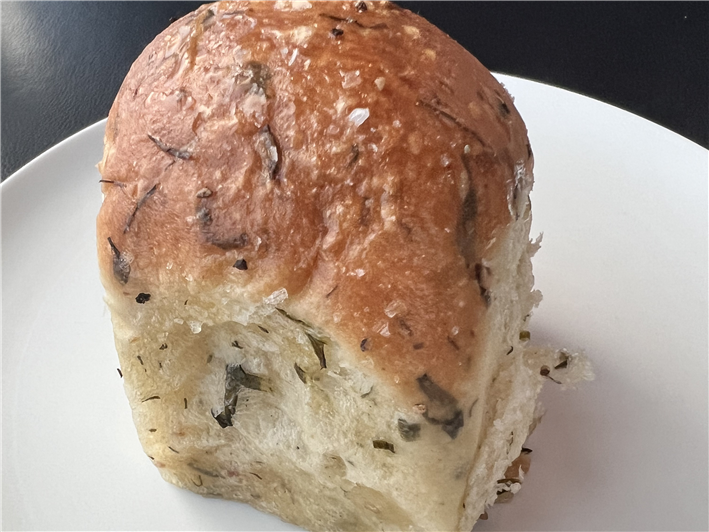
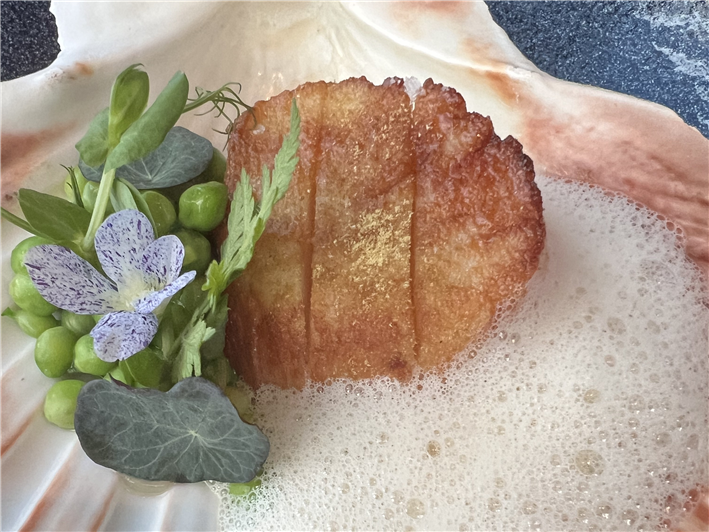
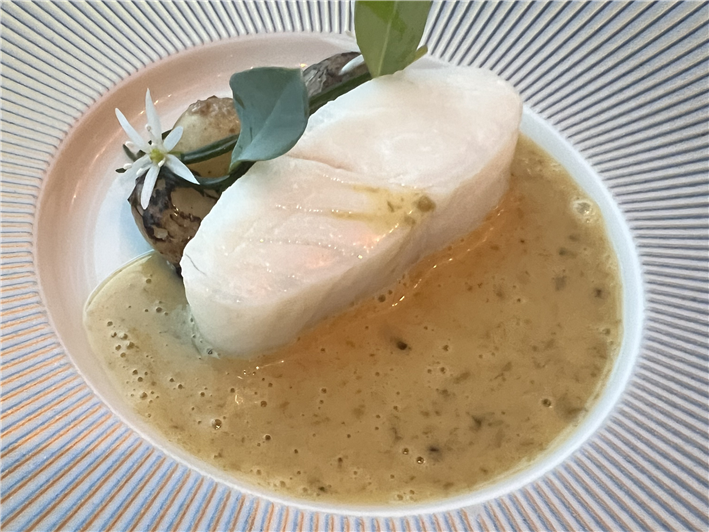
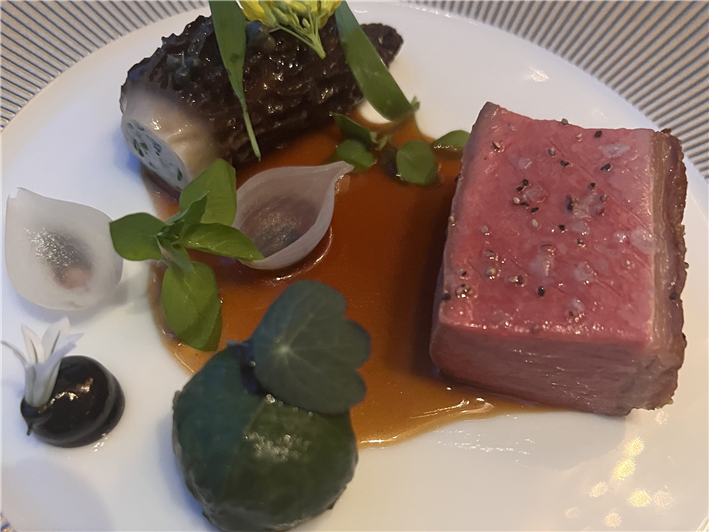
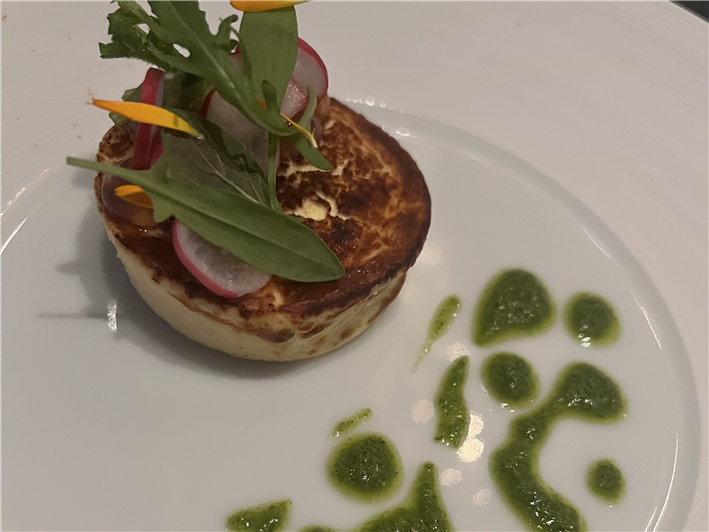
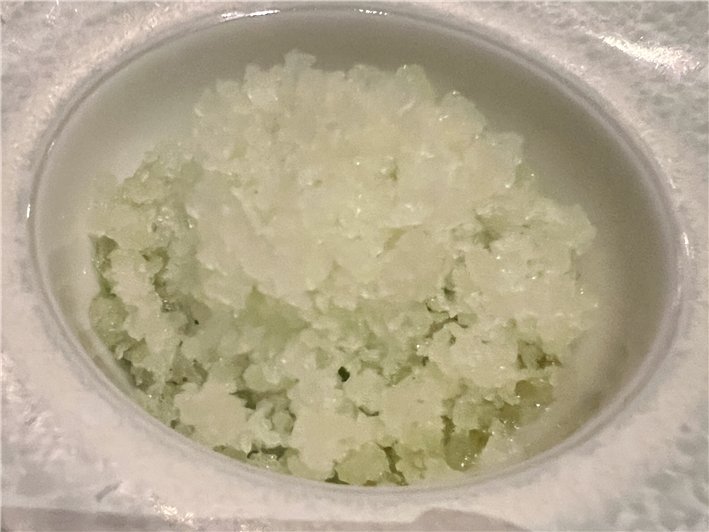
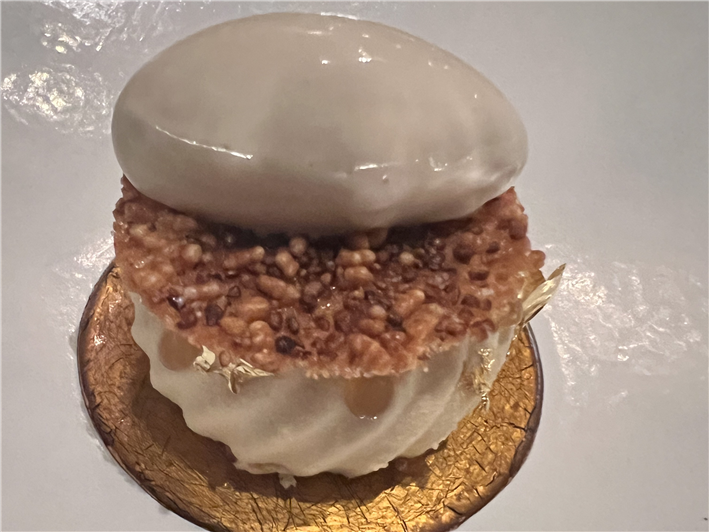
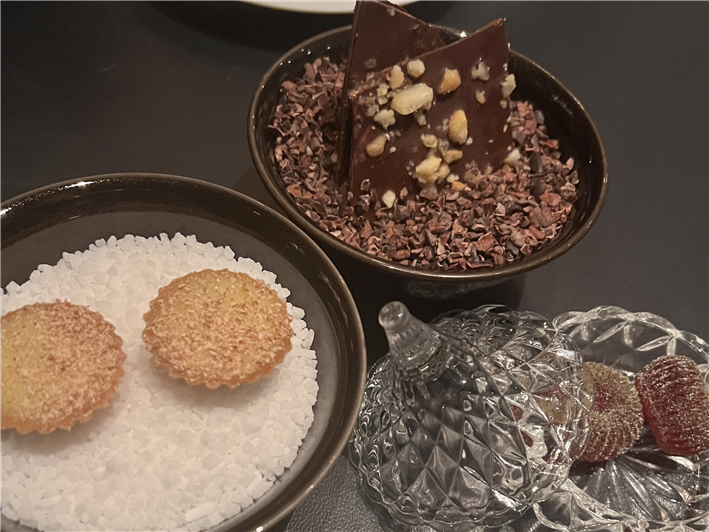

Richard
Ramsay seems to be doing the exact same 'fine dining' food at every new opening now. And I mean the same dishes, copy and paste recipes. This could be at Petrus, Restaurant Gordon Ramsay or Restaurant 1890, amongst others. I had the same pre dessert at 1890 as I did at Petrus several years prior. This is copy and paste dining, which is boring and sad.
Ben Williams
London wine mark-ups aren’t quite driving me out of restaurants, but if I want to drink well I’m afraid I now book a table at my club, where the food is not imaginative but of very decent, Rules level, quality and the wines well chosen and fair. Last night, a Rully Domaine Chanson 2022 at £59.50 and a Mercurey La Framboisière Faiveley 2022 for £67, and no service charges. How much would Ramsey charge for those I wonder?
Bazzab
Hayler's law is remarkably similar to Prater's law which simply states "The higher the restaurant the higher the prices"